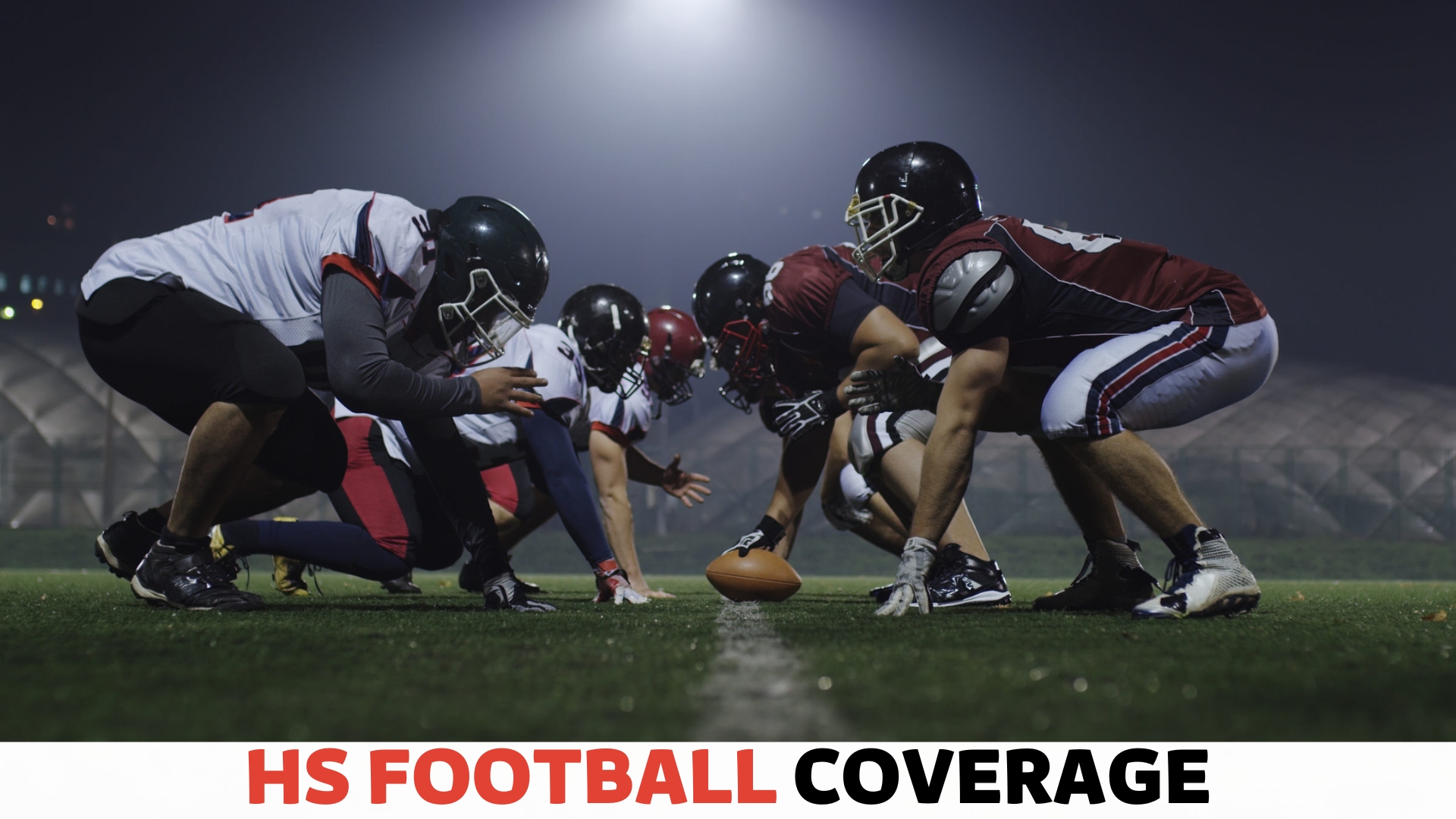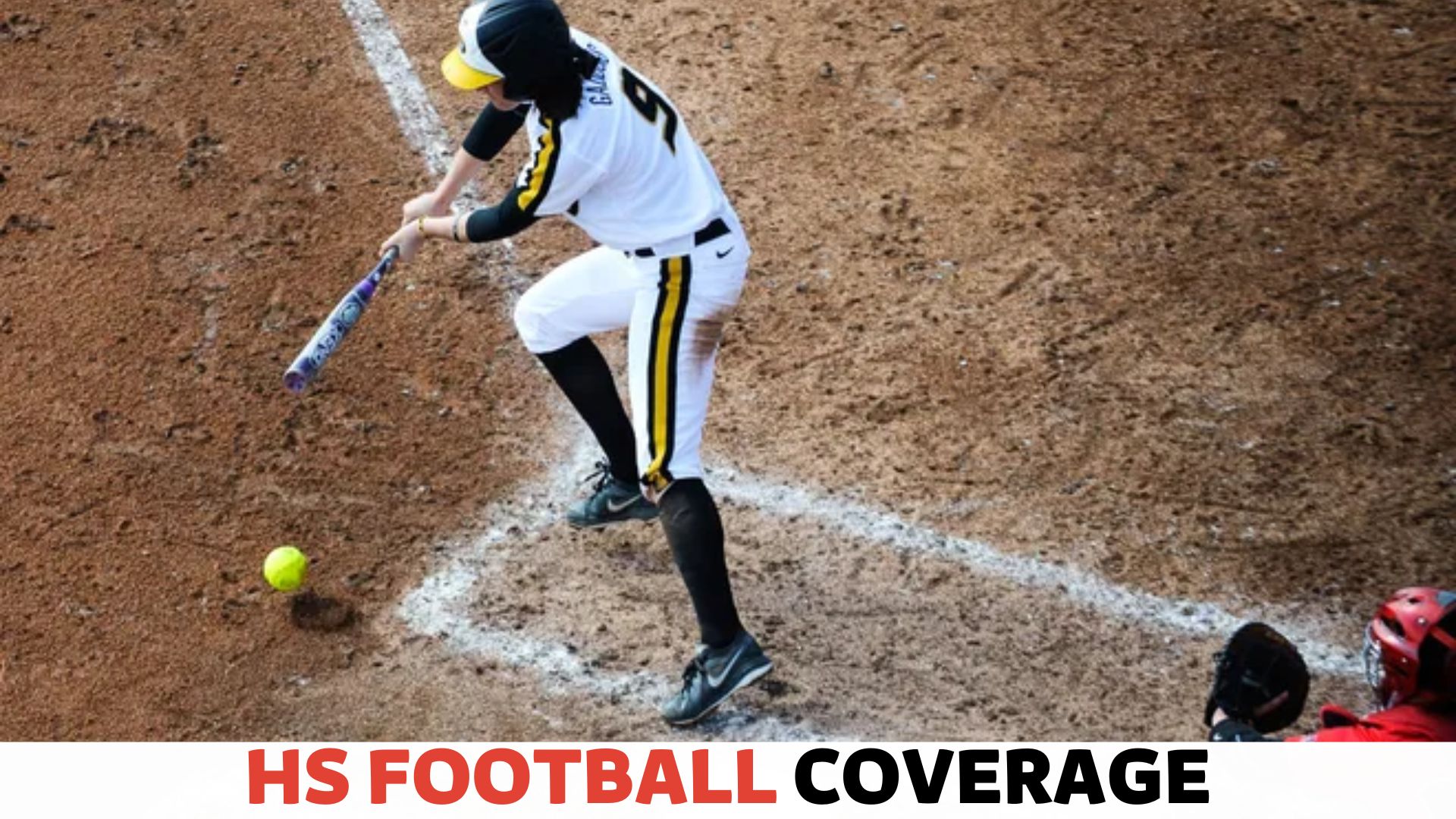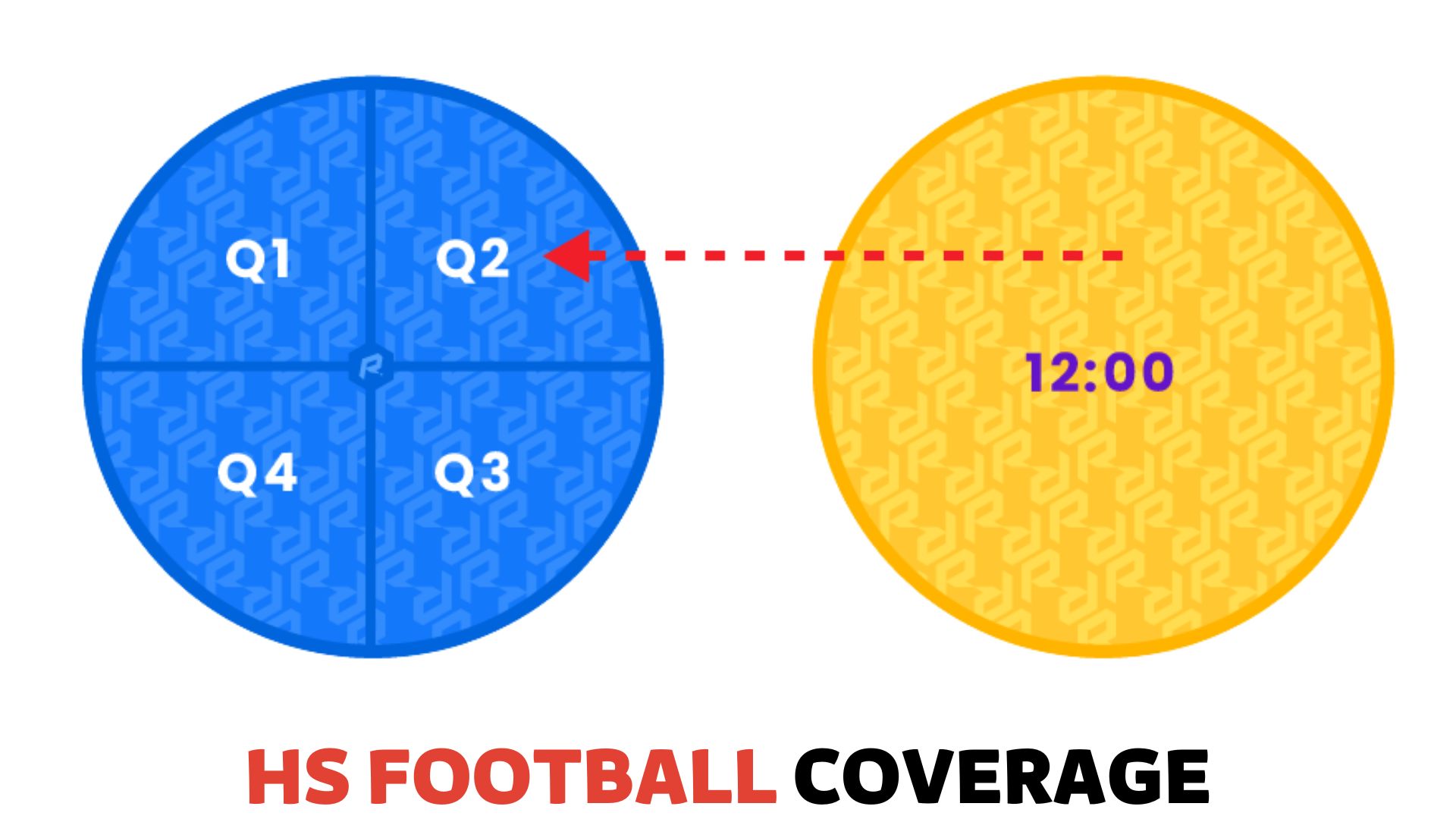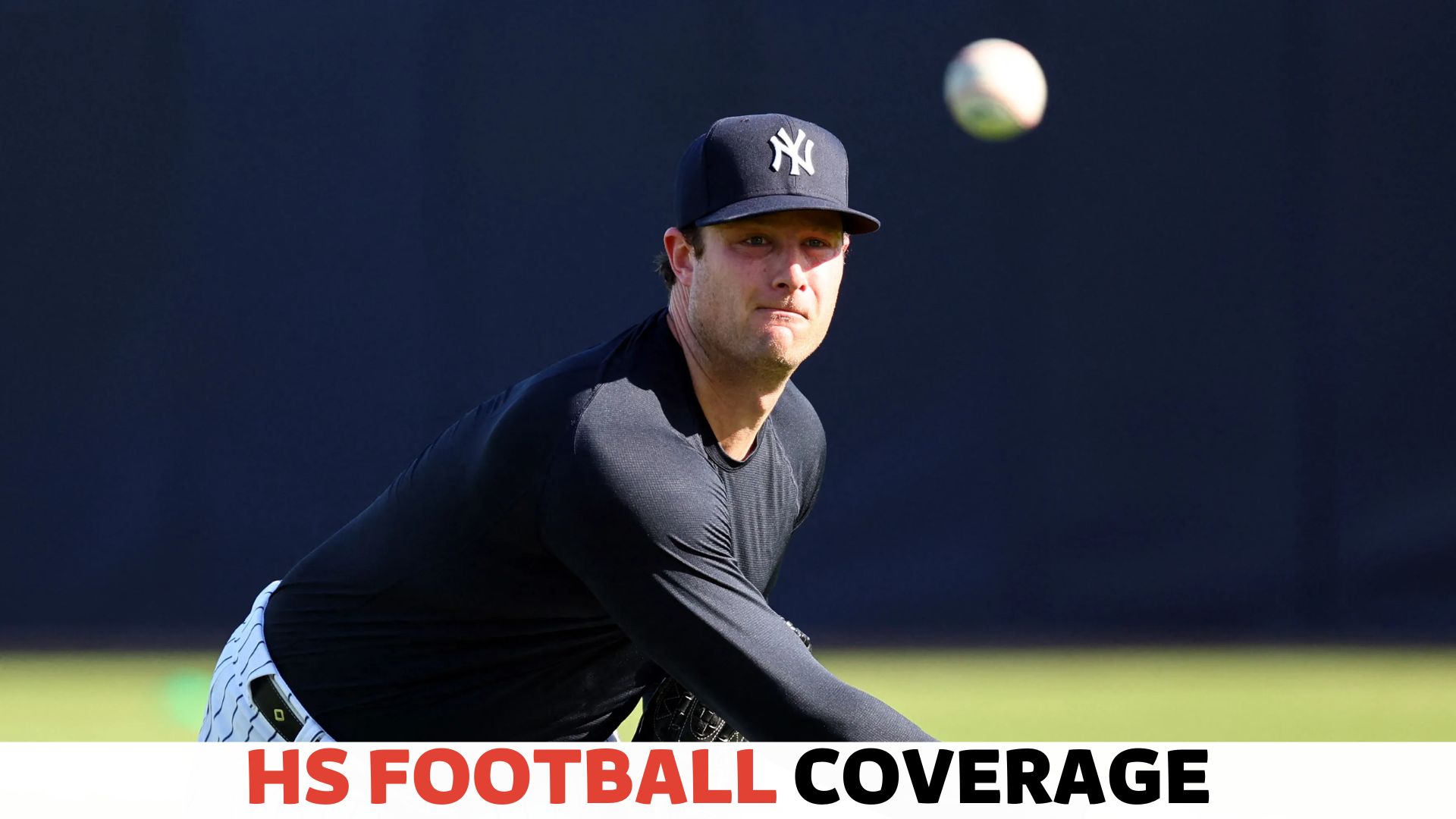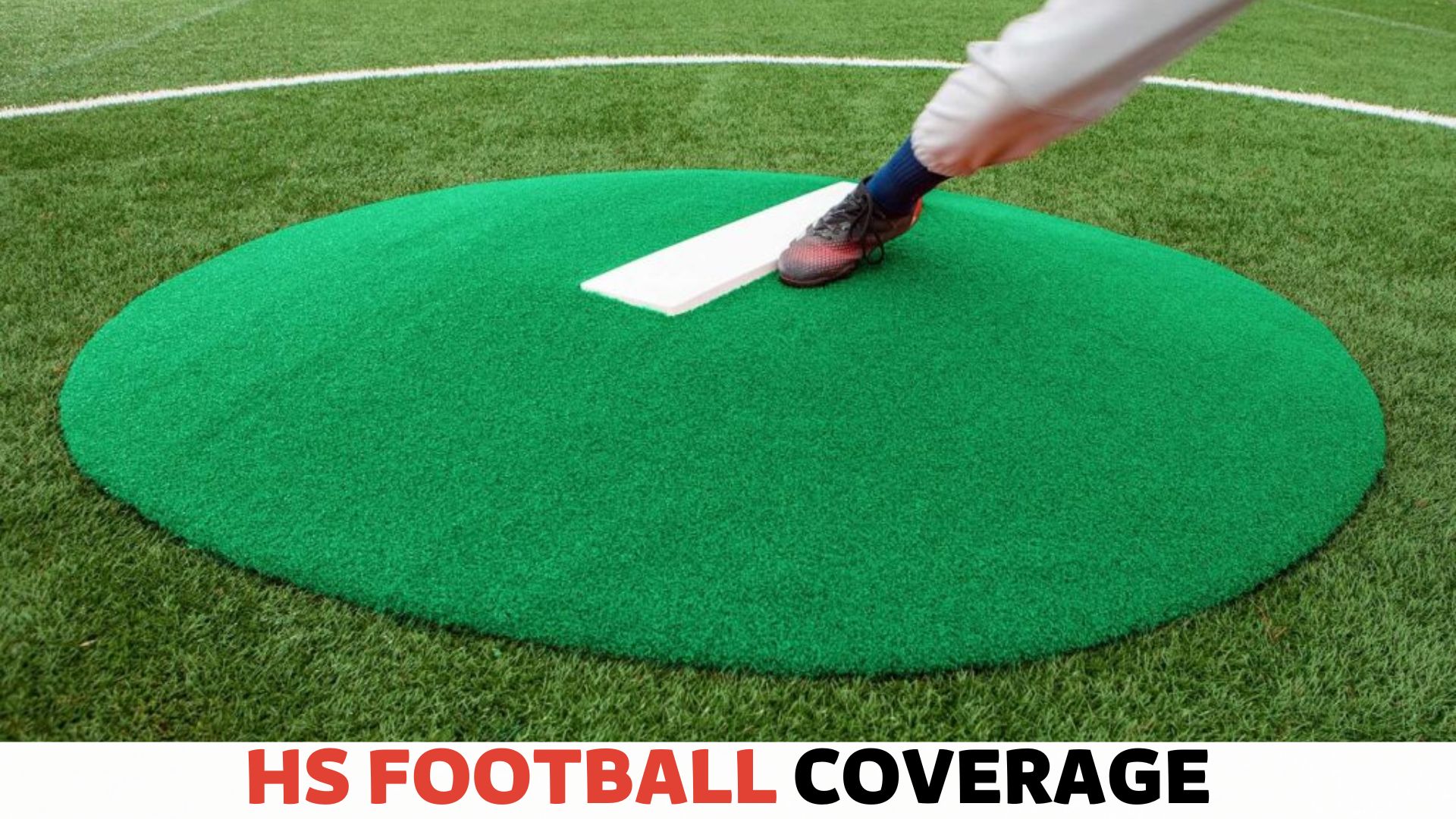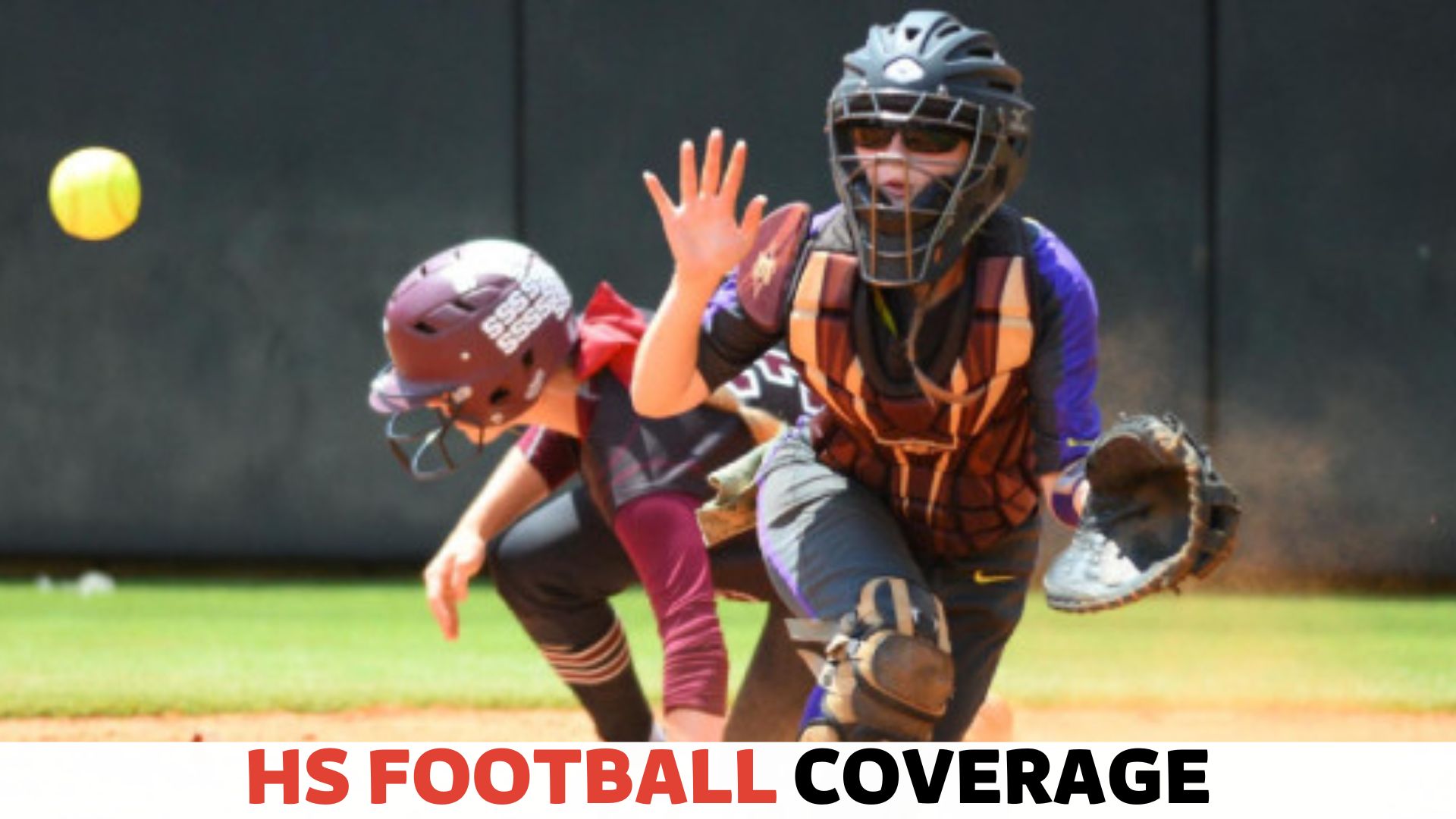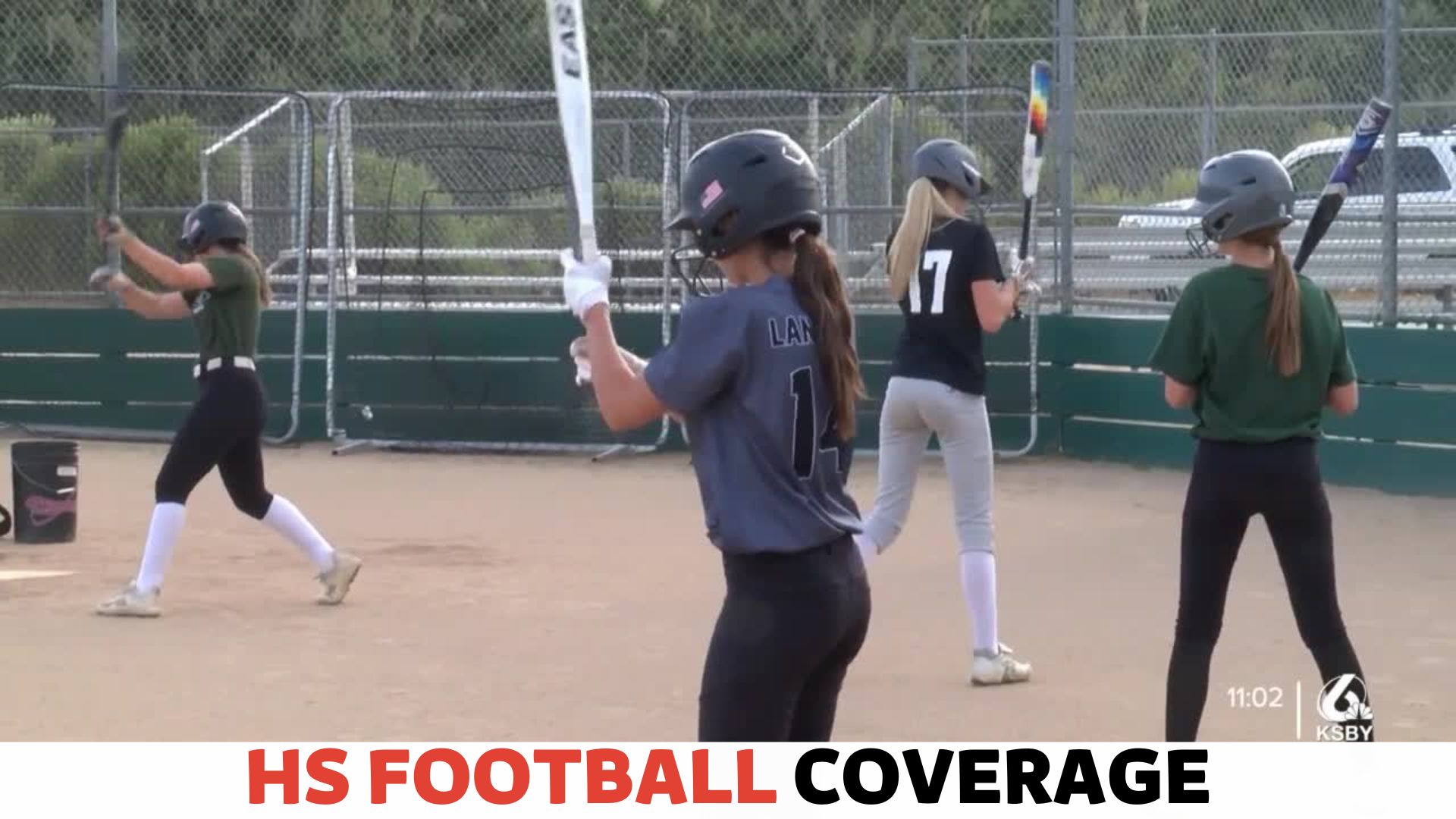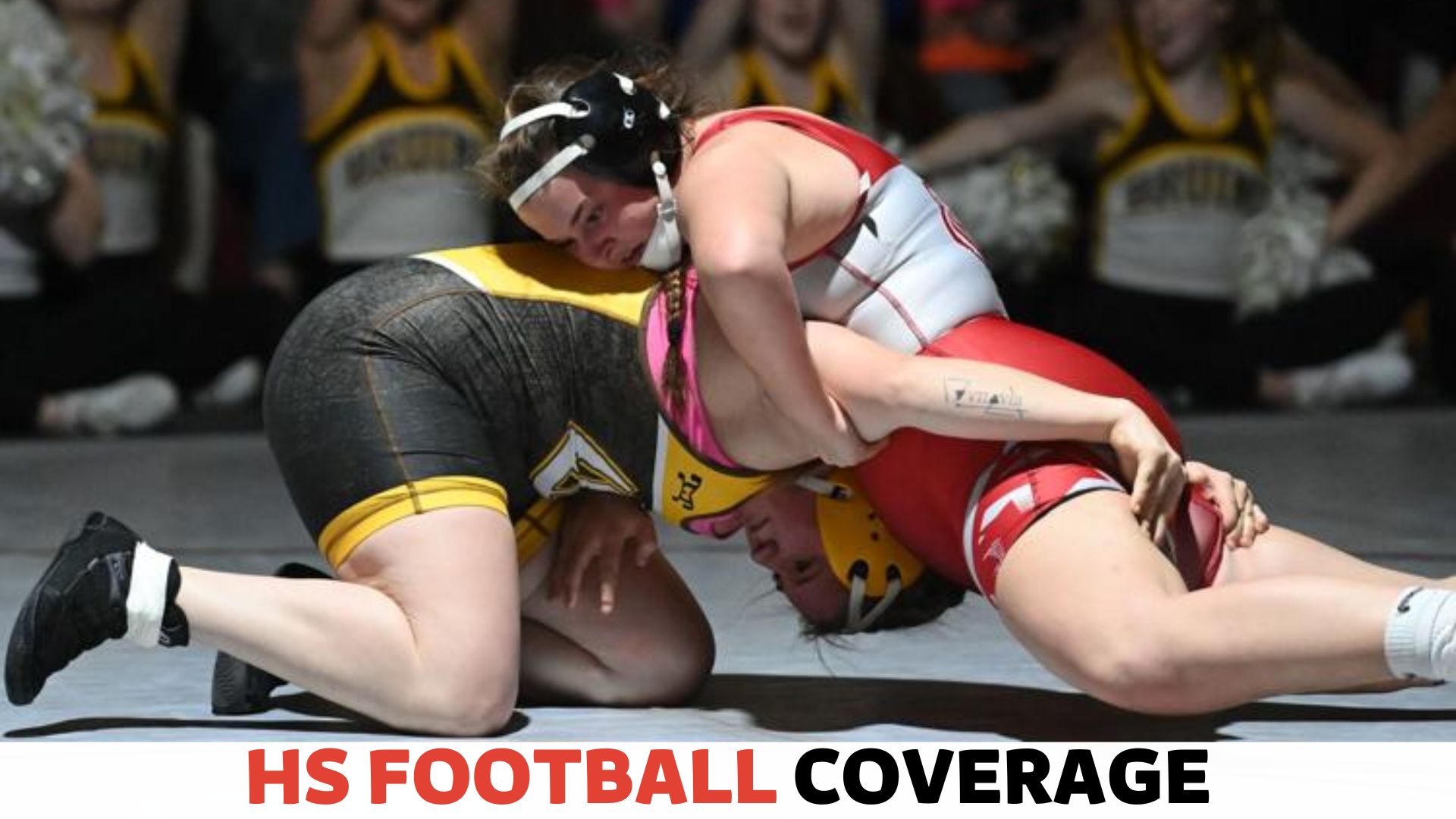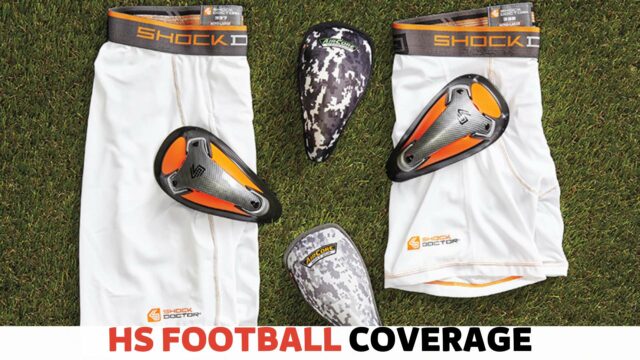
In High School Football, a cup is not compulsory to wear, similar to how rib guards or knee stockings are also optional. But it is helpful for the boys to protect their groin area by wearing cups. So, Some players wear the cup during the match, while others don’t.
Football players wear different kinds of gear these days. From headgear to shoes to knee pads- all kinds of gear to protect the players. But if you’re a high school guy, do you wear a cup? There have been many cases where High School Football players have suffered a serious injury while playing the sport. The game of High School Football is a rough one.
Every year, there are players who get injured or even die on the gridiron. This is why it’s so important for players to wear protective gear when they’re on the field. However, not all football gear is created equal.
Today we’ll be discussing what kind of equipment your favorite High School Football player should wear and how not wearing it can impact their performance or safety as they play. So let’s dive right in!
What is a Cup in High School Football?
A cup is a protective piece of equipment that is worn by players during a football game. The cup is designed to protect the groin area from impact, and it can be made out of a variety of materials. In some cases, high school athletes may choose not to wear this equipment because they don’t want their opponents to know they have one on (or maybe they just don’t like how they look).
The Importance of Wearing a Cup in High School Football
It’s important to wear a cup in High School Football because it protects you from injury. Injuries can happen during practice, as well as during games. If you get hit in the groin without wearing a cup, you could end up with internal bleeding and pain that lasts for weeks or even months. That’s why it’s so important to wear protection–it helps keep your body safe.
You might also notice that when players are wearing cups and don’t get hit there, they perform better on the field and play better overall during games than those who don’t wear them at all (or just wear shorts).
This is because when someone takes an impact directly into their groin area without any sort of padding between them and whatever else was used against them–like another player or something else on their own body. It can cause serious damage within seconds due to how sensitive those organs are inside us humans’ bodies.”
It’s important for you to know that wearing an athletic supporter or jockstrap during competition isn’t required by every state association; however, many states do require it as part of their safety regulations. If your son plays in an area where there isn’t an official policy regarding cups, then he should wear one at all times while participating in games or practices, so he doesn’t get injured.
Do High School Football Players Wear Cups?
The answer to this question is yes. High School Football players are required to wear a cup, but it’s not mandatory for them to do so.
This may seem like an obvious statement, but you would be surprised at how many people think that High School Football players do not have their cups on during games and practices.
In fact, the rules vary from state to state and even district to district within those states when it comes down to whether or not they have to wear one or not. This is because there are so many different leagues at this level of play (there are over 1 million high school athletes) that each has its own set of rules regarding protective equipment such as helmets, visors, etc.
As well as what kind of padding should be worn underneath them (if any). For example: If you’re playing in California, then there will likely be some kind of rule saying that every player must wear some type of protective padding under their clothes during practice sessions – even if just small pieces here and there rather than full coverage over everything below your waistline.”
Arguments For and Against Wearing Cups
There are a few key arguments for and against wearing cups in High School Football. One key argument for wearing cups is that,
- It can help protect players from serious injuries to the groin area. This is especially important for high school players who may not have fully developed and could suffer serious long-term damage if they were to suffer a direct hit to the groin.
- Another argument for wearing cups is that it can help to reduce the amount of pain that players feel after a game. Again, this is especially important for high school players who may not have the same pain tolerance as older, more experienced players.
Arguments against wearing cups in High School Football are,
- It typically revolves around comfort and cost. You may be uncomfortable or embarrassed by the added bulk of your cup. This can be especially true if you’re already wearing a thick pad set under your pants and jersey, which can make you feel like an overstuffed sausage in need of help getting out of its casing or, perhaps more accurately, put.
Like an animal being stuffed into a sausage-making machine by cruel industrialists with no regard for life or dignity (come on, guys). Some players find that cups are uncomfortable to wear and can interfere with their performance on the field.
- Cup manufacturers don’t always make an adequate product; some cups have weak stitching that tears easily when pressure is applied from above (like when someone tackles you).
If this happens during playtime at practice or even worse during the game day itself, then both player comfort levels will suffer greatly, as well as overall confidence levels among teammates. Who might wonder whether anyone else was aware that their teammate had been injured enough times recently enough times maybe everyone should just stop playing now because what good does this game really do anyway?
Additionally, cups can be expensive, and some schools or parents may not be able to afford to purchase them for all of their players. Ultimately, the decision of whether or not to wear cups in High School Football is up to the individual player and his or her family.
What Are the Advantages and Disadvantages of Wearing a Cup For High School Football Players?
Wearing a cup in High School Football is a great idea, especially if you want to protect your testicles and penis. It can also help prevent serious groin injuries that could end up costing you more time on the field than the average injury.
But there are some disadvantages to wearing one as well they can be uncomfortable, hot, and distracting, and make it more difficult to run fast or jump high (depending on the type of cup).
Ultimately, the decision of whether or not to wear a cup is a personal one that each player must make based on his own preferences and needs.
Can Not Wearing a Cup Impact a Player’s Performance or Ability to Play?
The answer is yes; wearing a cup can impact a player’s performance and ability to play. The most common injury that occurs from not wearing a cup is testicular torsion. This happens when the spermatic cord becomes twisted, cutting off blood flow to your testicle(s). If this happens, it can cause serious damage or even death if not treated immediately.
Another reason why football players should wear cups is because of embarrassment and the risk of getting removed from the game due to injury or pain caused by a lack of protection in their groin area during playtime on the field.
Still, Some players may find that they are more comfortable and able to play better without a cup, while others may find that it impacts their performance or ability to play. Ultimately, it is up to the individual player to decide what works best for them.
What Are the Rules and Regulations Regarding the Use of Cups in High School Football Games?
The National Federation of State High School Associations (NFHS) is the governing body for High School Football in the United States. According to the NFHS, all players should wear cups during High School Football games. The cups must be made of soft, pliable material and must be covered by the player’s uniform.
The cups must be worn in such a way that they do not come loose during play. If a cup does come loose during play, the player must leave the game and may not return until the cup is properly secured. If a player does not wear a cup, then he or she will not be allowed to play in any games until they get one and puts it on properly.
If you get injured while playing with no protection at all, then there is nothing anyone can do about it because they were not following the rules set by their coach and principal at school.
This means that if someone gets hurt badly enough during practice or even during games (which happens often), then they may end up missing weeks’ worth of practices before returning back to normal again.
Without any compensation from either party involved, such as coaches/principals/other fellow teammates who might have seen what happened but didn’t intervene because “no one told me anything was wrong here.”
What Are Some Alternative Protective Gear Options For Players Who Choose Not to Wear a Cup?
If you choose not to wear a cup, there are still some options for protecting your testicles.
- The first and most obvious alternative is wearing athletic supporters (also known as jock straps). These are similar to briefs, but they have an extra strap around the waist that keeps them up. They’re usually made of nylon or spandex material and come in different colors depending on how much support they provide.
A lot of guys like these because they’re easy to put on and take off; however, some people find them uncomfortable because they can get sweaty during physical activity–especially if you’re running around all day long. This will provide some protection against impact but will not offer the same level of protection as a cup.
- Another option is compression shorts: these look like normal athletic shorts except with additional padding where it matters most the crotch area. Compression shorts offer moderate protection against impacts like those caused by football players falling down onto their knees or backsides during games (or practices).
The downside here is that compression shorts don’t offer much protection at all compared with other types of protective gear…so if you play any type of contact sport where this kind of impact could happen regularly, then I would recommend going back up one step in our list above (see “What Are Some Alternative Protective Gear Options For Players Who Choose Not To Wear A Cup?” section) instead.”
Ultimately, it is up to the player to decide what level of protection they are comfortable with.
FAQs
Here are some FAQs has been answered.
Is Wearing a Cup Outdated?
It depends on who you ask and what their personal preferences are. Some people may feel that wearing a cup is outdated, while others may find it to be a necessary and practical piece of safety gear. Ultimately, it is up to the individual to decide whether or not they want to wear a cup while playing sports or engaging in other activities.
Is It Necessary to Have a Cup in High School?
Some argue that cups are unnecessary for High School Football players since they are not as physical as college or professional athletes. They also claim that cups can be uneasy and restrict movement, which could affect a player’s performance on the field.
Conclusion
It seems that there is some debate about whether or not High School Football players wear cups. Some believe that it’s a good idea, while others feel that it’s not necessary. Ultimately, the decision comes down to personal preference.
All in all, wearing a cup is a personal choice. While it may seem like an unnecessary piece of equipment for High School Football players, the truth is that there are many advantages and disadvantages to wearing one. If you decide not to wear one, make sure that you are aware of all the risks involved before going into your next game without protection.
- Read More: Can you celebrate in High School Football?







